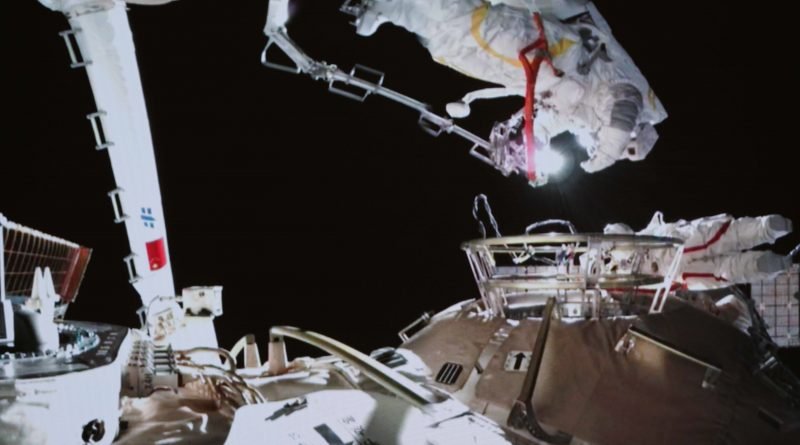If we presently see SpaceX’s Starlink satellites then not only Astronomers but also there are certain space agencies that are also having issues with it. As per the reports from CNET, China has been observed to have filed a complaint with the United Nations over two reported near-strikes between the ongoing Tiangong space station and Starlink automobile. The space station had to perform evasive maneuvers on the dates July 1st and October 21st this year to cut down the chance of a clash, said, Chinese officials.
The assertion lists astronomer Jonathan McDowell’s concurrent scrutiny for those two days. China also claims about the unpredictability of SpaceX’s starlink satellites. During the October brawl, the continuous navigation of Starlinkcraft or starlink satellites made it difficult to predict its orbital path of it.
If we talk about the Tiangong it literally means ‘heavenly palace’, which will counter the aging International Space Station (ISS) run by the space agencies of countries like the US, Canada, Russia, Japan, and Europe.
Whereas, SpaceX’s Starlink is a constellation of more than 1,700 satellites that focuses to provide internet facilities to most of the Earth.

Moreover, China has already bid. In the complaint, China asked the UN Secretary-General to nudge the countries that the parties within the Outer Space Treaty are liable for incidents beyond Earth, albeit they involve private companies.
However, China is a country that has created its own share of incidents in the past. To remind of the incident of 2007anti-satellite missile test that created debris that caused menaces to the International Space Station and other spacecraft too epoch. This trammel between China and SpaceX is another cue of the hazardous situation of low-Earth orbit due to space debris and a massive number of satellites. Such complaints prove that privatization of space can make these near-accidents more commonplace — especially when these tech giants like SpaceX, Amazon are blasting off the internet gateways that rely on immense satellite constellations.
